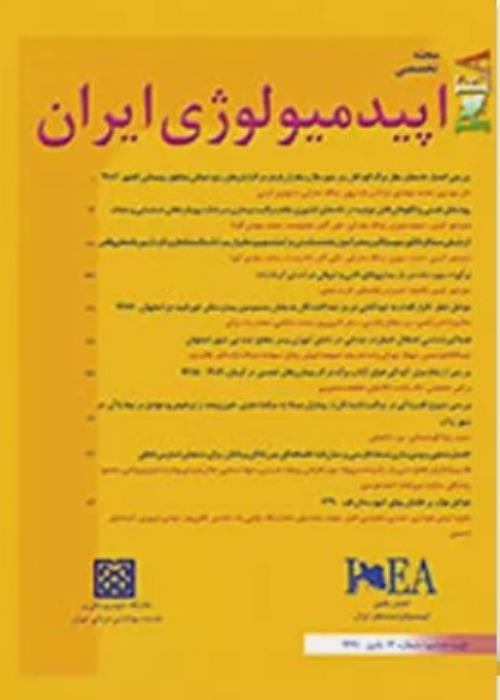Evaluation of Domestic Violence Against Women and its Effective Factors During the COVID-19 Pandemic
The COVID-19 pandemic has created a growing concern about domestic violence worldwide. Therefore, this study aimed to evaluate the general prevalence of all types of violence and the related effective factors during the COVID-19 outbreak among women living in Saveh, Iran.
This cross-sectional descriptive study was conducted in 2021 on 423 married women referred to health centers in Saveh who were selected using the cluster method. A demographic information questionnaire and a researcher-made domestic violence questionnaire were used to collect data. Descriptive statistical methods and statistical tests were used to analyze the data and examine the correlation between the intensity (score) of violence with the demographic variables of the samples and their spouses. Data analysis was done using SPSS version 22 statistical software. A significance level of less than 0.05 was considered significant.
Most of the participants (59.6%) were exposed to domestic violence. The mean±standard deviation of the overall domestic violence score was as much as 7.47±12.37. The most common type of domestic violence among the studied women was psychological violence. There was a direct and significant relationship between the overall score of domestic violence, the age of the samples and their spouses, and the duration of their marriage (P<0.01). The average overall score of domestic violence was significantly higher in samples who had children, were not pregnant, had drug and alcohol-addicted spouses, were renters, had a decrease in income during the COVID-19 outbreak, and had unemployed spouses (P <0.05).
Based on the results, the prevalence of domestic violence during the COVID-19 pandemic was moderate, but its severity was low. Due to the psychological effects of the COVID-19 disease on society people, the increase in the incidence of violent behavior is especially evident in vulnerable families such as low-income families and tenants and women whose spouses are unemployed and abuse substances. Therefore, identifying and supporting vulnerable families for their education and empowerment can reduce the incidence of domestic violence.
- حق عضویت دریافتی صرف حمایت از نشریات عضو و نگهداری، تکمیل و توسعه مگیران میشود.
- پرداخت حق اشتراک و دانلود مقالات اجازه بازنشر آن در سایر رسانههای چاپی و دیجیتال را به کاربر نمیدهد.


